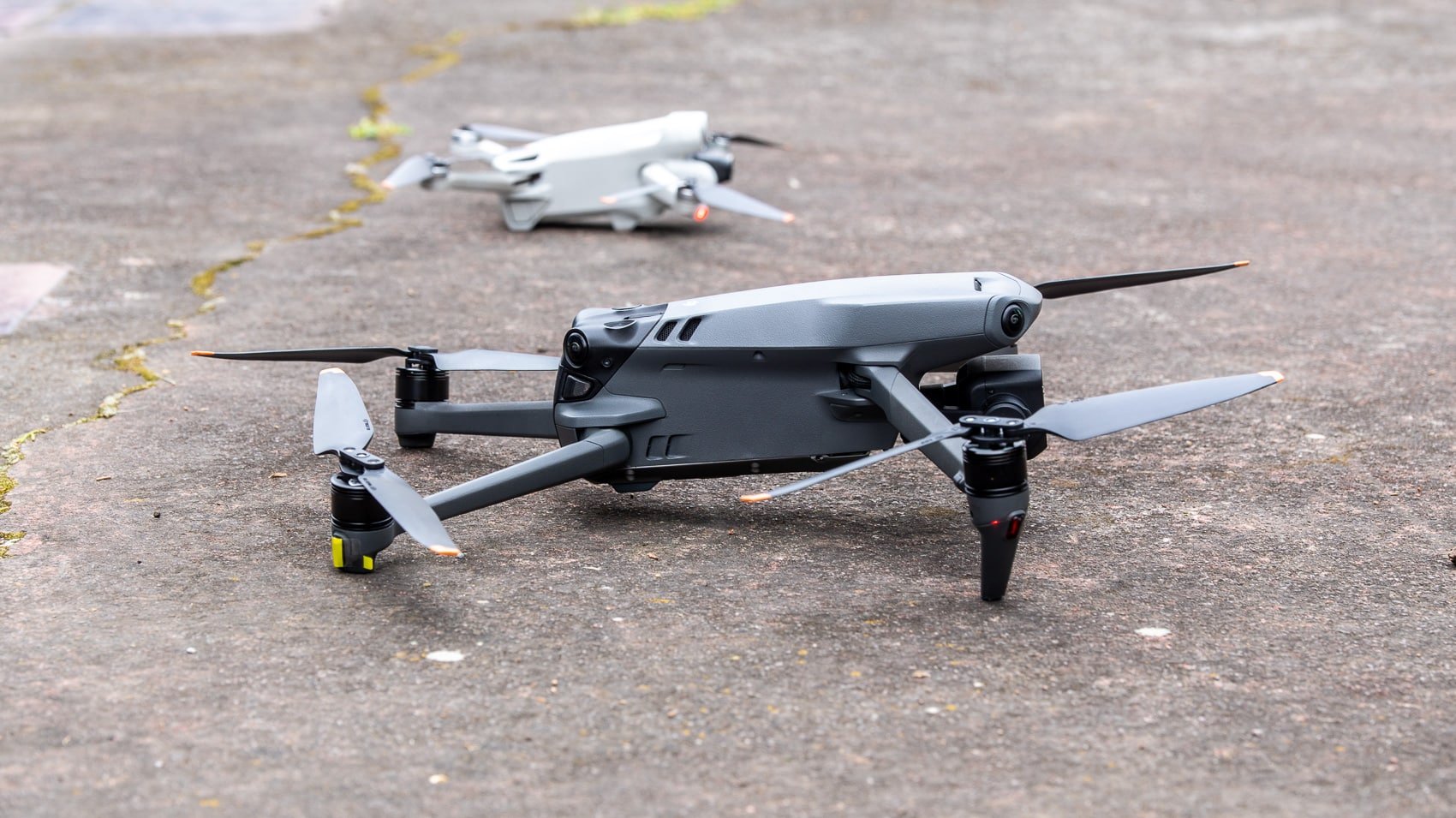Embry-Riddle Study Reveals Drones Surpassing FAA’s 400-Foot Limit, Escalating Collision Threats
While drones are often envisioned as convenient tools for delivering goods or capturing stunning aerial footage, a groundbreaking study by Embry-Riddle Aeronautical University has revealed a concerning trend. The study unearthed that a considerable number of drones routinely violate the FAA’s 400-foot altitude restriction—a pivotal safety measure designed to prevent small uncrewed aircraft from entering the flight paths of piloted airplanes and helicopters. This revelation serves as a crucial alert for anyone committed to drone safety, aviation policy, or even those simply interested in responsible drone usage.
Understanding the Importance of the FAA’s 400-Foot Rule
The FAA has stipulated a 400-foot altitude limit for most drone flights within the United States. This boundary ensures that drones do not interfere with crewed aircraft such as news helicopters, small private planes, and emergency transports. It provides a vital safety margin to prevent mid-air collisions between drones and piloted aircraft.
Insights from the Pioneering Embry-Riddle Study
Collaborating with Kansas State, Wichita State, and utilizing the FAA’s Alliance for System Safety of UAS through Research Excellence (ASSURE), Embry-Riddle researchers amassed and evaluated 4.6 million data points from over 6,000 individual drone flights across America. The data, collected using sophisticated Remote ID sensors, conveys real-time identification and flight information to authorities and airspace managers, underscoring the study’s unprecedented scale and its implications for regulations and the UAV sector.
Concerning Trends: Drones Ascending Beyond Safe Limits
Although most drone operators adhere to the designated flight ceiling, the study identifies a worrying trend of many drones exceeding the 400-foot threshold, venturing into shared airspace with manned aircraft. These findings emphasize the pressing need for improved regulatory frameworks and enforcement practices to safeguard aviation operations.
“While most operations stayed below 400 feet, enough exceedances showed up to raise red flags for crewed aircraft sharing low-altitude airspace.”
Study Highlights and Implications
- Remote ID Limitations: Despite its potential, only about half of registered commercial drones and a third of recreational ones broadcasted Remote ID signals. The system’s effectiveness is limited to about a one-mile radius, inhibiting comprehensive situational awareness necessary for management and enforcement.
- Persistent Altitude Breaches: Though the majority of drone operations comply, a significant minority ignore altitude restrictions, posing risks of collisions, particularly with low-altitude aircraft including helicopters.
- Urgency for Enhanced Education and Enforcement: The study advocates for more robust educational initiatives targeting drone operators, along with stringent enforcement of existing regulations.
The Dangers of Exceeding 400 Feet
Flying drones above 400 feet significantly raises the risk of collisions with aircraft like helicopters, air ambulances, and crop dusters, which operate at similar altitudes. Any such incident could result in severe consequences, including fatalities, substantial property damage, and regulatory actions that could stifle drone innovation.
Addressing the Issue of Excessive Drone Elevations
The study highlights several reasons why drone operators might neglect altitude restrictions, including a lack of awareness, overconfidence in technological safeguards, intentional risk-taking for better signals or images, and technical failures like outdated software or GPS inaccuracies.
Guidance for Drone Operators
It is essential for drone enthusiasts and professionals to adhere to safety guidelines by maintaining flights below 400 feet, ensuring equipment is up-to-date, understanding the airspace, activating Remote ID features, and respecting regulatory measures for sustainable and secure drone usage.
Impacts on Policies and Future Actions
The insights from the Embry-Riddle study are influencing policy discussions at both federal and state levels. There is increasing advocacy for mandatory Remote ID compliance across all drones, enhanced monitoring systems, and comprehensive educational campaigns to underscore the importance of altitude adherence and collision prevention.
The Path Forward: Balance of Technology, Culture, and Responsibility
Incorporating drones into daily life, whether for entertainment, work, or rescue operations, demands a culture entrenched in safety and regulation compliance. Only through a synergistic approach can drones continue to evolve from fascinating gadgets to indispensable tools in society.
If you wish to enhance your drone knowledge, refine your flying skills, or become part of a safety-first community, our team offers guidance on licensing, best practices, and hands-on training. Together, we can foster innovation while maintaining safety, always flying responsibly under 400 feet.













